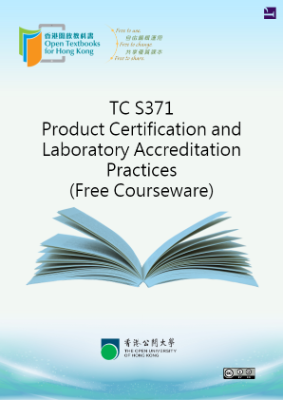Introduction
The most important conformity assessment activity in the field of testing and certification — product certification. Product certification is an activity by which a third party (not the supplier, not the buyer, but an independent certification body) gives written assurance that a product (or a process or a service) fulfills specified requirements. The value of certification is the degree of confidence and trust that is established by an impartial and competent evaluation by a thirdparty. We will look into the concepts of conformity assessment activities and quality management systems (QMS). QMS and other conformity assessment activities such as testing and inspection are core elements in the determination stage of product certification. After we’ve studied these elements, we will then give a brief introduction to product certification. The procedure of product certification and the use of conformity marks will be covered.
Overview of conformity assessment activities and system certification
Before we start to delve into the concept of product certification, let’s take a moment to think about why it exists in the first place. In the Activity 1 (Page 2), you’ll watch a short online video that discusses the promise of product certification. After watching the video, you should have a basic idea of the importance of product certification. Next, we need to understand what kinds of activities are involved in product certification. These are called conformity assessment activities.
Conformity assessment activities
In product certification, conformity assessment activities are used to demonstrate whether an object (which can be material, installation, process (A set of interrelated or interacting activities which transforms inputs into outputs (ISO 9000:2005 clause 3.4.1).), system, person, body or product is fulfilling specified requirements.
Product — The result of a process. There are four generic product categories are noted in ISO9000:2005 defined, namely service (e.g. transport), software (e.g. computer program, dictionary), hardware (e.g. engine, mechanical part) and processed materials (e.g. lubricant). Many products comprise elements belonging to different generic product categories. Whether the product is then called service, software, hardware or processed materials depends on the dominant elements (ISO/IEC 17000:2004, clause 3.3).











